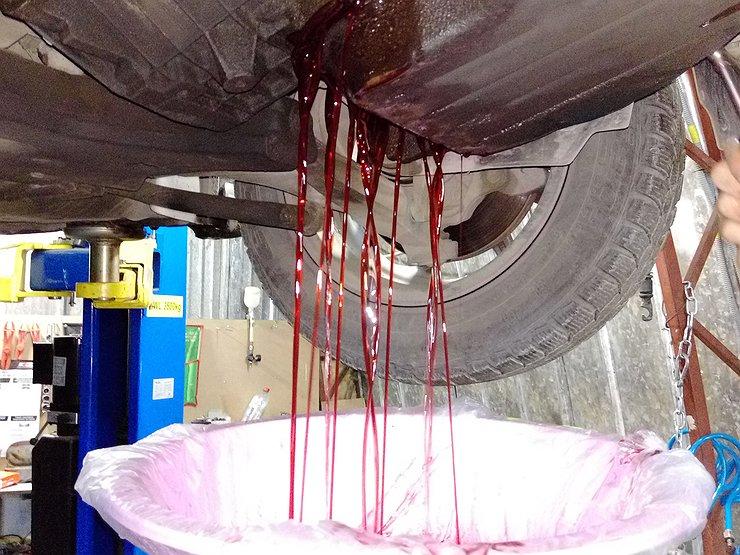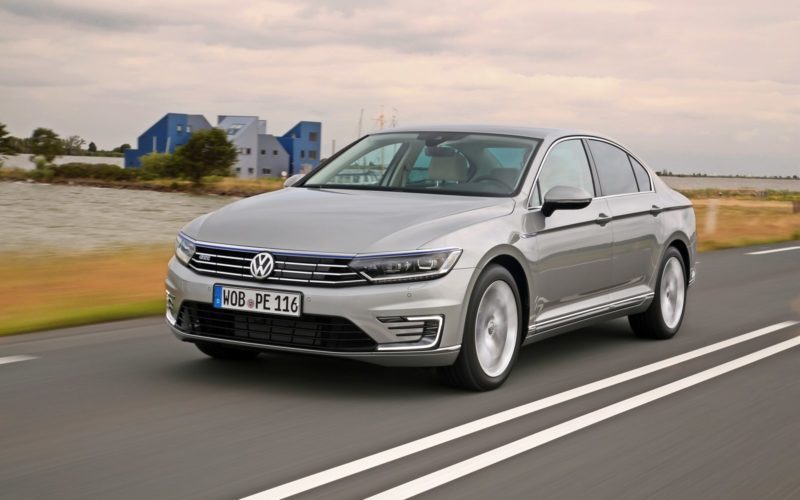
Extended test: Volkswagen Passat GTE
Diesel engines aren't everything, even if they do achieve what the factories promise, the environmental solution and doubts about the official data (and not just Volkswagen) put them in an even worse light.
Luckily, Volkswagen also offered an alternative to the Passat before the Dieselgate boom. And, as it turned out in a few months spent with him, he easily replaces (and even more) a relatively powerful diesel - plug-in hybrid Passat GTE.
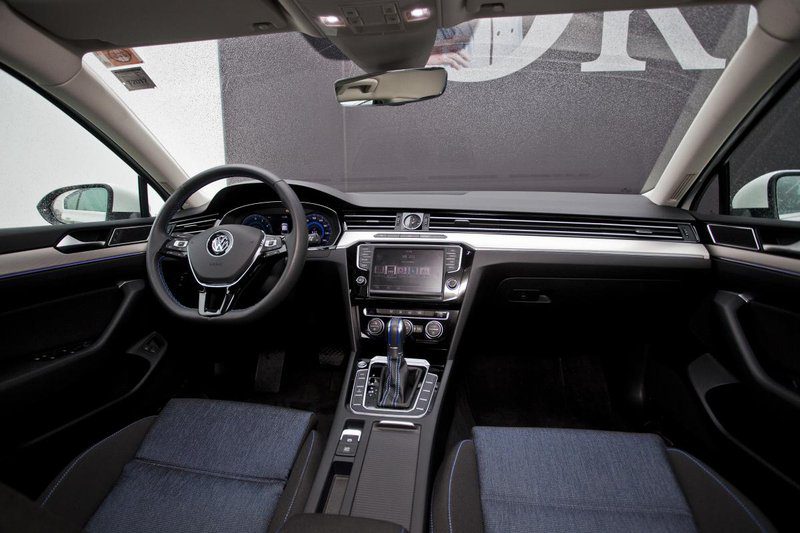
Following the lead of the smaller Golf GTE, the Passat GTE hybrid system consists of a turbocharged 1,4-liter petrol engine producing 115 kilowatts or 166 "horsepower" and a 115 "horsepower" electric motor. System Power: The Passat GTE boasts 160 kilowatts or 218 "horsepower". The 400Nm of torque is even more impressive, and if we know electric torque is available almost immediately, it makes sense to talk about a powerful car rather than a mid-fast hybrid.
As a result, it will easily compete with the more powerful versions of Passat diesels in motion (except for the most powerful), consuming the same or less fuel on average, depending on the type of use. If you spend a lot on the highway, the consumption will be six to seven liters (even more for some high-speed trips in Germany), but if you are mostly in the city, the consumption will be exactly - zero. Yes, it also happened to us that after a few days the Passat petrol engine would not start.
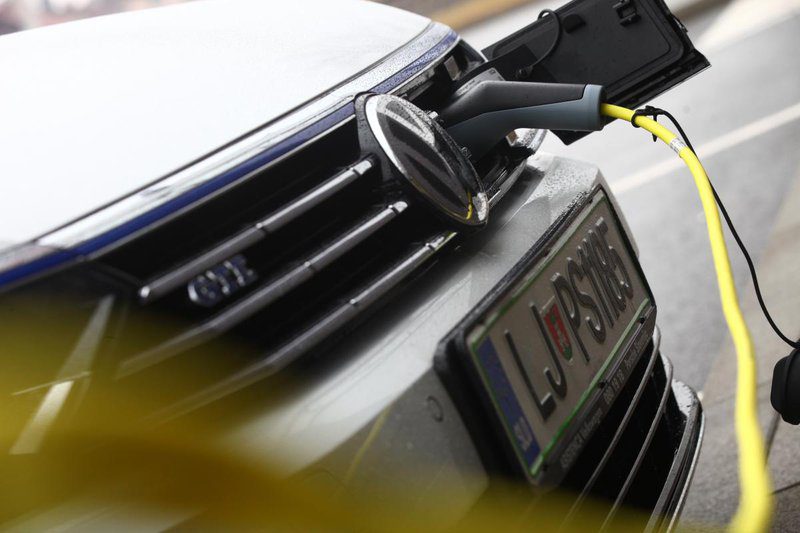
The lithium-ion batteries can store 8,7 kilowatt-hours of electricity, which is enough for the Passat GTE to drive about 35 kilometers (even on cold days) on electricity alone - if you are frugal and catch the right rhythm of urban and suburban driving. but more can be done. Batteries can be charged from a classic home socket in a maximum of four hours, while charging at a suitable charging station takes only 2 hours. And since we (mostly) regularly plugged in the Passat GTE both at home and in the office garage (having noticed that its charging and overheating time system defies logic and does not allow you to set both parameters separately), they are intended for most of the average test (this stopped at 5,2 liters) is to blame for the very fast kilometers of the track. The average of a standard lap (done in the cold winter and with snow tires) stopped slightly higher than the Golf GTE (3,8 vs. 3,3 liters), but still lower than the diesel versions of the Passat we drove it. . And as they say: if you live somewhere close to your workplace (say, up to 30 kilometers) and you have the possibility of recharging in both directions from the daily trip, you will drive almost for free!

Needless to say, the equipment (including digital gauges and a bunch of safety accessories) is rich, and it is commendable that the Passat GTE is very close in price to the diesel Passat: after deducting the subsidy, the difference is hardly a thousand ...
So – especially since the Passat GTE is also available as an option – we can safely say that this GTE is the hidden trump card in the Passat lineup: it's made for those who want a car that's eco-friendly but not yet ready to jump. ... into fully electric cars - especially since in the dimensions of the Passat (and at a normal price) they practically do not exist.
text: Dušan Lukič · photo: Саша Капетанович
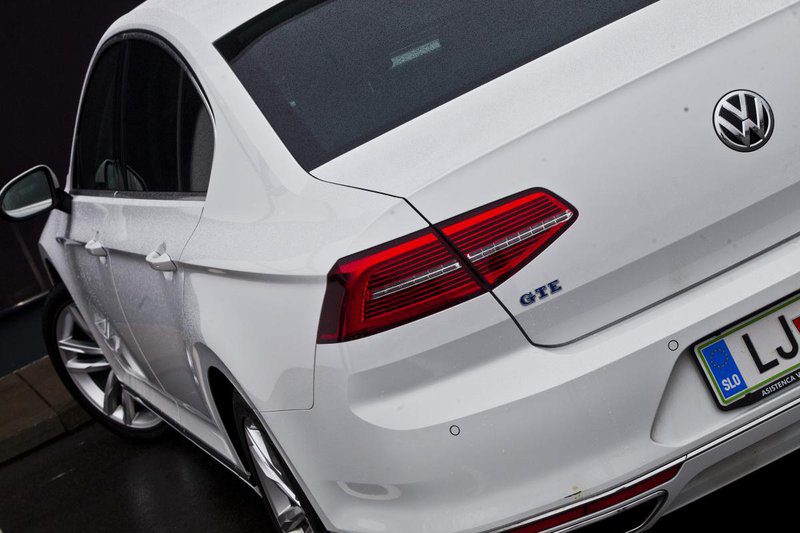
Past GTE (2017)
Basic data
| Base model price: | 42.676 € |
|---|---|
| Test model cost: | 43.599 € |
| Power: | 160kW (218 KM) |
Costs (per year)
Technical information
| engine: | 4-cylinder - 4-stroke - in-line - turbocharged petrol - displacement 1.395 cm3 - maximum power 115 kW (156 hp) at 5.000-6.000 rpm - maximum torque 250 Nm at 1.500-3.500 rpm . Electric motor: rated power 85 kW (116 hp) at 2.500 - maximum torque, for example. System: maximum power 160 kW (218 hp), maximum torque, for example Battery: Li-ion, 9,9 kWh |
|---|---|
| Energy transfer: | the engines are driven by the front wheels - 6-speed DSG transmission - tires 235/45 R 18 - (Nokian WRA3). |
| Capacity: | top speed 225 km/h - acceleration 0-100 km/h 7,4 s - top speed electric np - average combined fuel consumption (ECE) 1,8-1,7 l/100 km, CO2 emissions 40-38 g/km – electric range (ECE) 50 km – battery charging time 4,15 h (2,3 kW), 2,5 h (3,6 kW). |
| Transportation and suspension: | empty vehicle 1.722 kg - permissible gross weight 2.200 kg. |
| External dimensions: | length 4.767 mm – width 1.832 mm – height 1.441 mm – wheelbase 2.786 mm – trunk 402–968 50 l – fuel tank XNUMX l. |
Our measurements
| Measurement conditions: T = -8 ° C / p = 1.063 mbar / rel. vl. = 55% / odometer status: 9.444 km | |
| Acceleration 0-100km: | 7,7s |
|---|---|
| 402m from the city: | 15,8 years ( 154 km / h) |
| test consumption: | 5,2 l / 100km |
| Fuel consumption according to the standard scheme: | 3,8 l / 100km |
| Braking distance at 100 km / h: | 42,3m |
| AM table: | 40m |
| Noise at 90 km / h in 6rd gear | 59dB |
